Yonggeumok (용금옥)
2.6Km 2020-06-09
24-2, Dadong-gil, Jung-gu, Seoul
+82-2-777-1689
Yonggeumok's specialized stew includes tofu, fried tofu, spring onion, onion, oyster mushroom, tree ear mushroom, and other condiments added to broth boiled with lamb and its intestines overnight. Pre-cooked loaches are added in the end, creating a spicy yet savory flavor with chewy texture (loaches can be ground upon request). The restaurant serves Gyeongsang-do style, Jeolla-do style and Seoul-style chueo tang (loach stew).
Arirang (아리랑)
2.6Km 2021-03-29
23, Namdaemun-ro 7-gil, Jung-gu, Seoul
+82-2-752-1342
Arirang offers Korean cuisine with its articulate traditional interior and menus. Most menus are traditionally prepared, along with charcoal grill tables for visitors to cook their own meat. Menus consist of high-grade premium hanu (Korean beef) rib eye, charcoal grilled marinated beef ribs, hot-pot bibimbap, and more.
Choryuhyang (초유향)
2.6Km 2017-11-23
24-10, Dadong-gil, Jung-gu, Seoul
This restaurant's feature items are its Samseon-nurungjitang, Dongpayuk, and Seafood Galbi. Seafood is plentiful in the Samseon-nurungjitang, making for a delicous soup base to which nicely browned rice is added later. When the browned rice is added to the soup base, a loud crackling noise is heard, which signals the beginning of a delicious meal.
The Hanok (더 한옥)
2.6Km 2021-03-24
75, Gyedong-gil, Jongno-gu, Seoul
+82-2-743-7470
You can enjoy coffee in a hanok (Korean house). This restaurant's signature menu is coffee. This cafe is located in Jongno-gu, Seoul.
Cheongjin Hwarogui (청진화로구이)
2.6Km 2021-03-22
32-12, Jong-ro, 5-gil, Jongno-gu, Seoul
+82-2-735-7008
A store selling Korean beef and pork dishes. The best menu at this restaurant is grilled Korean beef rib eye steak. This Korean dishes restaurant is located in Jongno-gu, Seoul.
Rakkojae Seoul Bukchon Hanok Hotel [Korea Qaulity] / 락고재 서울 북촌 한옥호텔 [한국관광 품질인증/Korea Quality]
2.6Km 2021-10-27
49-23, Gyedong-gil, Jongno-gu, Seoul
The main building in Seoul is a traditional Korean cultural space renovated by Jeong Yeong-jin, a human cultural asset, from a hanok with a history of 130 years. Traditional flags, fences, pavilions, chimneys, and jangdokdae are holding the blue sky with pine trees, creating a harmonious Korean-style house. Passing through the elegant tall gate, as you see the jangdokdae, a small but clean hanok will be revealed, and the pine trees and bamboo trees added to the natural beauty, while the loving Gomusin placed on the stone brings back beautiful memories.
Rakkojae is a place where the customs of the aristocrats in the past are melted in various places, creating a wonderful atmosphere by carefully reviving the pavilion, ponds, and daecheongmaru. Especially, Daecheongmaru adds the beauty of the margins of hanok to give you a sense of refreshment. As the old scholars did, sitting on the pavilion makes the time flow slow and the wind that passes over the Sotdae feels special.
In addition, you can experience the beauty of Korean tradition with various programs such as tea ceremony, jjimjilbang, royal robes, and kimchi-making along with traditional Korean food. Rakkojae's accommodation, reminiscent of a nobleman's house in the Joseon Dynasty, is well-kept and comfortable that it is comparable to a luxury hotel, and the natural jade-covered ondol rooms and firewood jjimjilbangs made of cheongito provide a healthy journey for many guests.
Templo Jogyesa en Seúl (조계사(서울))
2.6Km 2024-05-17
Ujeongguk-ro 55, Jongno-gu, Seúl
El templo Jogyesa es el núcleo del budismo zen en Corea, en él se encuentran la oficina principal de administración del budismo coreano y la sala en donde se realiza la asamblea general, entre otras instalaciones. Fue construido hacia finales del siglo XIV (época de Goryeo) en el interior del actual parque Susong, pero fue destruido (en un período indeterminado) debido a un incendio, y fue reconstruido en el año 1910. A lo largo de su historia ha tomado varios nombres, hasta que recibió la denominación de Jogyesa en el año 1954. El nombre deriva del monte Jogyesan, el cual fue el lugar en donde meditó el monje Hyeneungdaesa. Fue uno de los monjes más respetados, por lo cual sus enseñanzas y su vida han sido objeto de estudio a lo largo de la historia. En el altar del templo Jogyesa, al ser el lugar más sagrado y honrado del budismo en Corea, se llevan a cabo eventos, ceremonias y ritos durante todo el año. El edificio próximo al altar principal es la oficina general de administración del budismo coreano, es decir, es un organismo que ejerce las actividades de control y ejecución, por lo que también se efectúan gran cantidad de eventos budistas. Dentro del edificio se establecen las salas de exposiciones y la imprenta, que edita e imprime semanarios budistas. En el patio principal del templo se sitúa la pagoda de piedra de 7 pisos, construida en el año 1930. En especial, dentro de la pagoda se encuentran enterradas las cenizas de Buda, que fueron traídas en el año 1914 por un monje esrilanqués. Hacia la izquierda se encuentra instalado el campanario, que posee un gran tambor, una campana e instrumentos tradicionales de madera que se utilizan en el templo. Al otro lado del campanario está el primer centro cultural académico, construido en el año 1991, en donde se realizan seminarios, actuaciones, ceremonias de boda, conciertos musicales y exposiciones, entre otros eventos culturales.
Moguchon Sutbulgalbi (목우촌숯불갈비)
2.6Km 2021-03-18
49-1, Seonggyungwan-ro, Jongno-gu, Seoul
+82-2-3672-2867
This is a Korean cuisine located in Jongno-gu, Seoul. A restaurant serving charcoal-grilled meat. The best menu at this restaurant is grilled boneless beef ribs.
Tiendas Departamentales Shinsegae (Casa Central) (신세계백화점 (본점))
2.6Km 2024-02-20
Sogong-ro 63, Jung-gu, Seúl.
Songa Myeongga (손가명가)
2.6Km 2021-03-19
13, Dadong-gil, Jung-gu, Seoul
+82-2-777-1013
This Korean cuisine is located near Euljiro 1(il)ga Station, Seoul. It is a popular restaurant for group dinners. The representative menu is pork and kimchi stew.
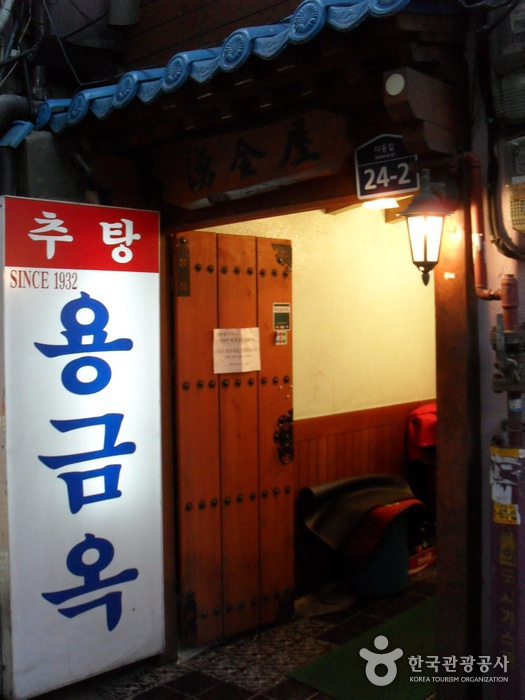
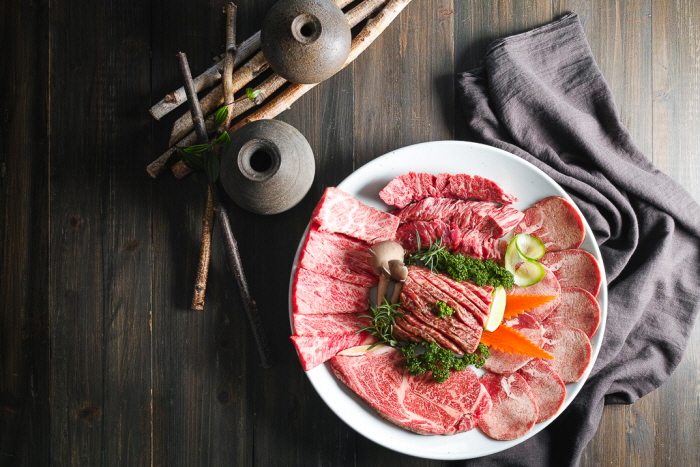

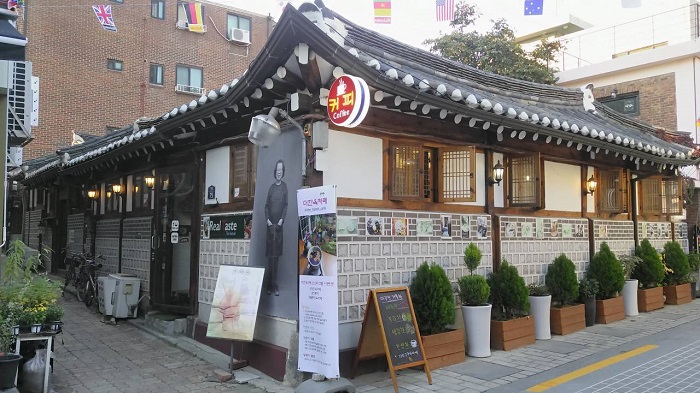
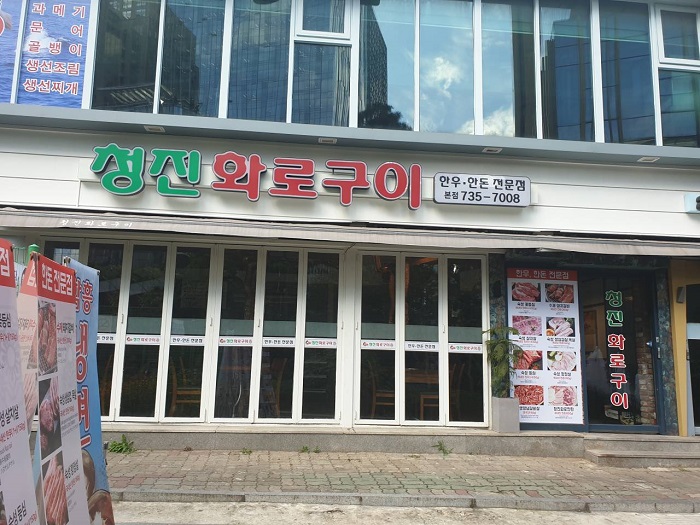
![Rakkojae Seoul Bukchon Hanok Hotel [Korea Qaulity] / 락고재 서울 북촌 한옥호텔 [한국관광 품질인증/Korea Quality]](http://tong.visitkorea.or.kr/cms/resource/40/2698240_image2_1.jpg)

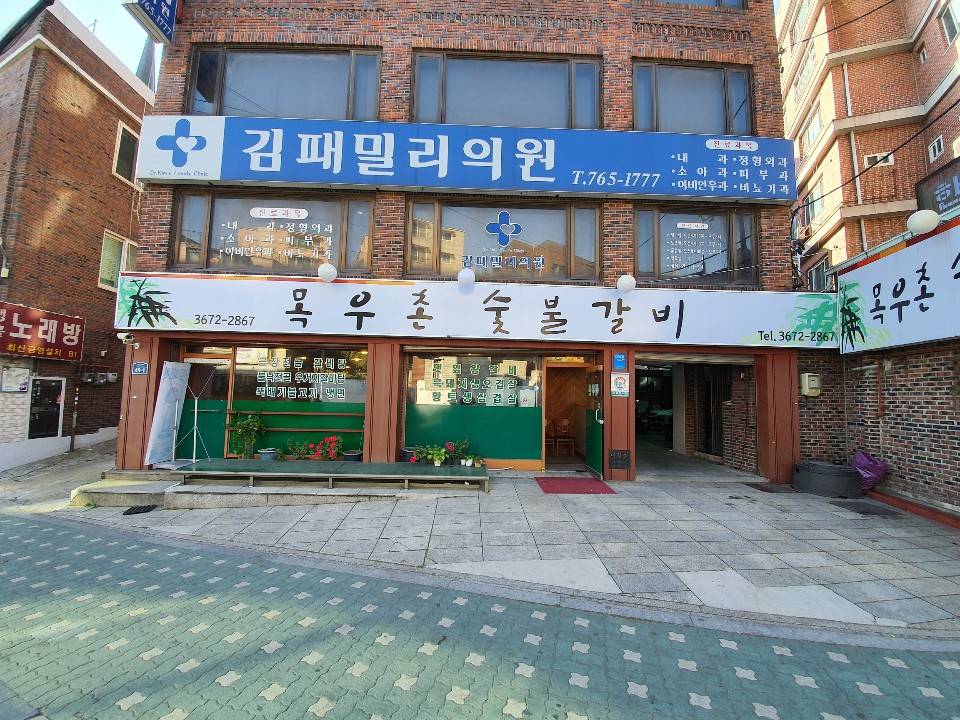
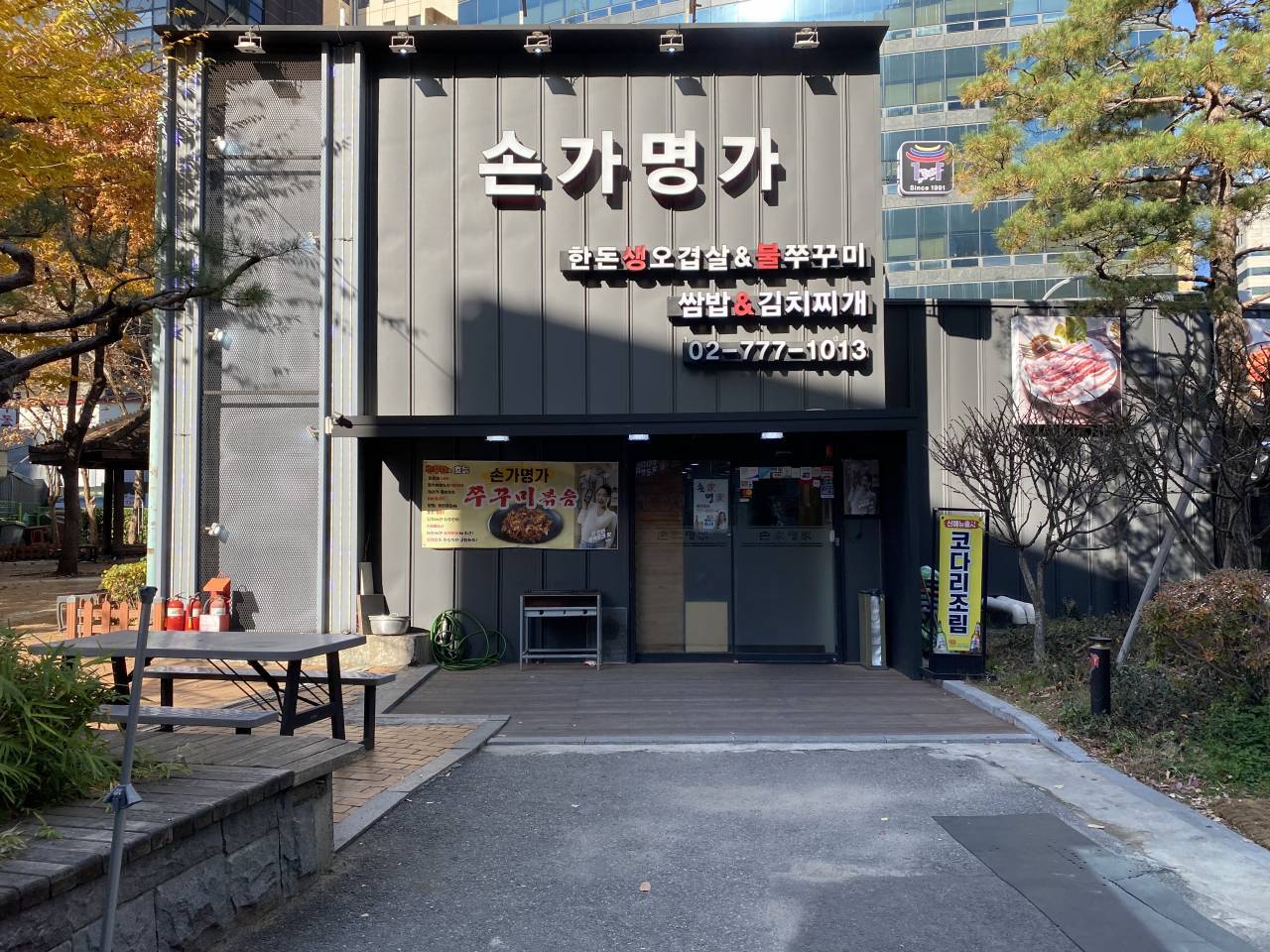
 Español
Español
 한국어
한국어 English
English 日本語
日本語 中文(简体)
中文(简体) Deutsch
Deutsch Français
Français Русский
Русский